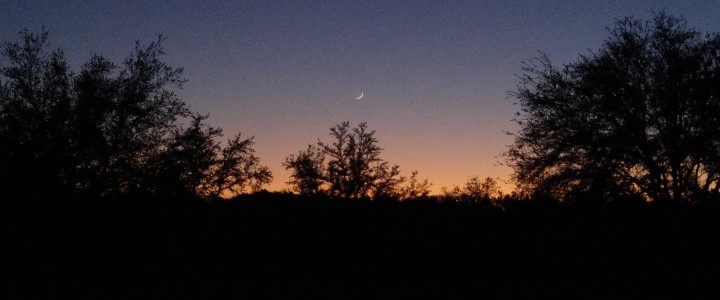Savannah Georgia comes to mind when one thinks of live oak trees. The trees classic beauty of Spanish moss along the streets with historic homes before the war are unforgettable.
Live oak grows throughout the southeastern United States. Located on the east coast of southeastern Virginia to Florida and west to southern Texas and central. It grows mainly in sandy soils of low coastal areas but also grows in rich woods in wet or dry sand. It has a resistance to salt fog, sea salt and does well in the barrier islands.
Live oak is monoecious. This means they have male and female reproductive units in the same plant. They produce flowers each spring from March to May and the acorns ripen in September and fall in December. Live oak acorns are long, dark brown to black and tapered. They are sweet and very popular among birds and other animals.
If when the acorns fall and it is moist with warm soil, the acorn will germinate soon after the fall. Germination is the beginning of seed growth of the acorn. The leaves that develop during germination absorb the moisture that makes food available. The roots came after to find its own water to produce outbreaks. Seeds of live oak leaves remain below the soil surface and shoots sprout abundantly from the roots.
Encinas do not get very tall, rarely over 50 feet but the crown (or the extension) of the tree can have a length of 150 feet. It is a very popular shade tree because to this. Year oak wood is very tough and strong and was used for ship building long ago. The wood is not used today as it is mostly shade and ornamental trees.
Oaks have a tendency to grow in large dense groups with interconnecting roots that make it very susceptible to wilt disease of oaks that is a fungus. This fungus is spread from one oak to another through connected roots and is one of the most severe tree diseases. They kill hundreds of trees in Austin Texas each year in the patches because of its tendency to grow in forests. Certified arborists provide tree services Austin are very experienced in the diagnosis and treatment of wilting.
The wilting symptoms are usually found in the leaves develop yellow veins that turn brown and fall off the tree. The crown of the tree exits diluted until it dies. Wilting can be costly for the treatment and control and an accurate diagnosis is essential. An arborist certification services of trees should be contacted to ensure proper diagnosis and treatment.
